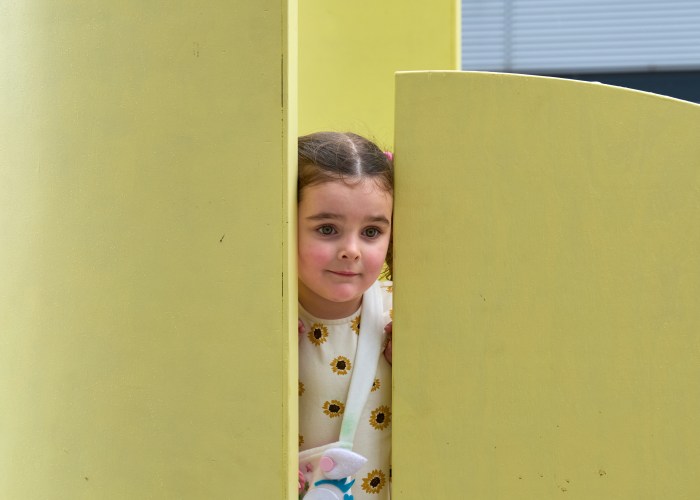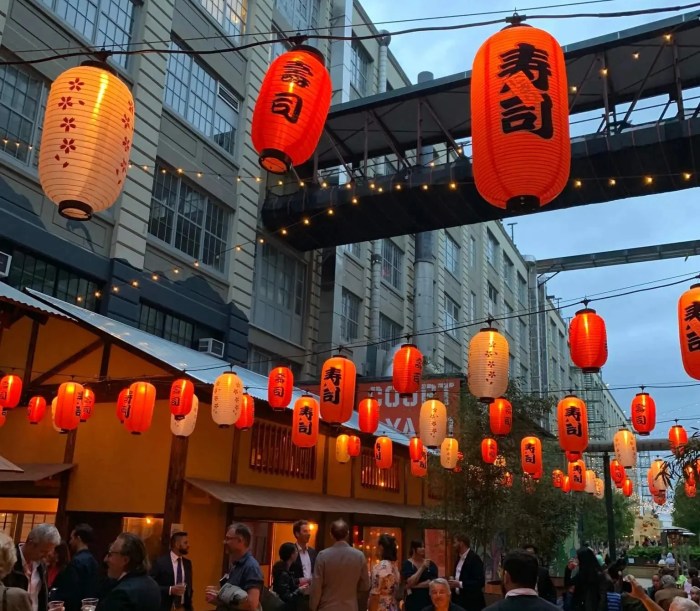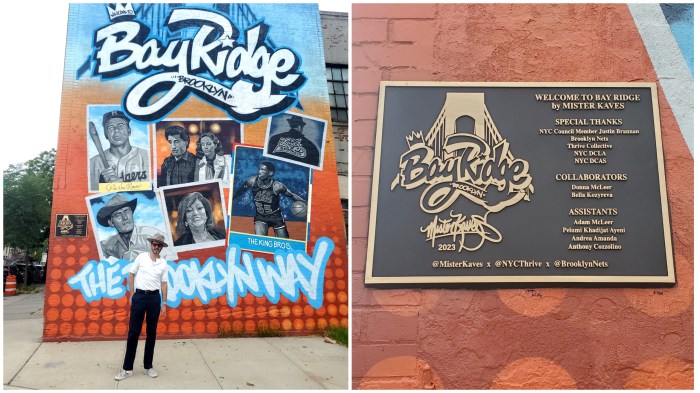Time flies when you’re on the subway.
Photographer Fiona Gardner and writer Amy Zimmer tracked down transit-themed beauty pageant winners — whose visages appeared on train ad spaces — going as far back as 1941 to see how “Mad Men”-era girls grew up to become today’s women.
The camera and pen duo started their project after seeing a New York Post article about the contest, which lasted until 1976.
“We were looking at all these pictures of these women and wondering what had happened to them,” said Gardner.
Out of the roughly 200 Miss Subway winners, Gardner and Zimmer collected 147 original posters, photographing of and interviewing 41 of the 50 women they tracked down.
The changes in the beauty queens’ lives amazed them.
“If you look at the posters, one of the things you see is a trajectory,” said Gardner, noting that the short descriptive blurbs accompanying subway car ads were reflections of the passing decades.
The 1940s show women at work in war plants and the 1950s depict homemakers — but the ads of the 1960s and the 1970s showed girls with bigger ambitions.
“But when you look closer, it’s more nuanced than that,” she said.
For one, the contest itself changed. In its early years, the John Powers Advertising company accepted headshots and decided whose image got to ride the trains for a month or two. But in the mid-1960s, the process became more democratic. Contestants faces were put on bills, and people sent in postcards to vote. And it embraced integration early on, debuting its first black Miss Subway in 1948 — the same year Jackie Robinson joined the Brooklyn Dodgers.
But progress didn’t always come easy — some of the ads were steeped in the exist norms of the time. For instance, Enid Berkowitz-Schwarzbaum, who became Miss Subway in July 1946 while an art student at Hunter College, suffered the indignity of having an advertising rep write she was “plugging for a B.A., but would settle for an M-R-S.”
Berkowitz-Schwarzbaum, who now resides in Queens, ended up an honors student who also ran an art collective near Union Square in the 1960s and later worked on Wall Street.
Many of the city-spanning beauties went on to incredible careers, becoming lawyers, nurses, pilots, and even secret agents.
“These were very working class women and what the Miss Subways contest did is single out all these women when they were young when they were living in a city of millions of people, and gave them a boost of confidence,” said Gardner.
Miss Subway Exhibit at the New York Transit Museum (130 Livingston St. between Schermerhorn Street and Boerum Place in Downtown, (718) 694–1600, www.mta.info/mta/museum]. Through March 25, 11 am, $7.























